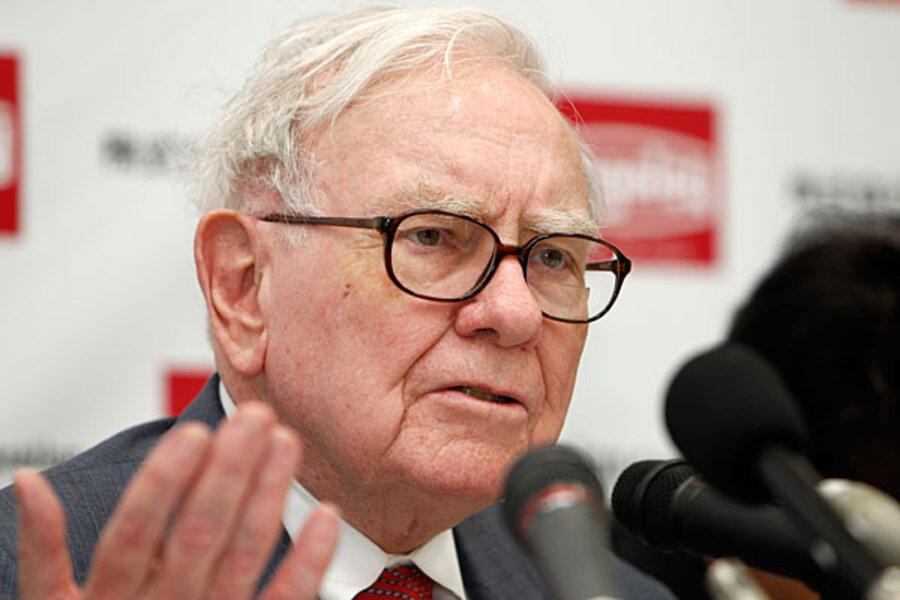Obama's argument centers around a long-term trend: the effective tax rate paid by the highest-earning Americans has fallen sharply – much more so than for middle-income households. A chart released by the White House shows the average tax rate paid by the top 0.1 percent of earners falling from above 50 percent in 1960 to below 30 percent by 2010.
"If you make more than $1 million a year, you should pay at least the same percentage of your income in taxes as middle-class families do," Obama said in a White House appearance on April 11.
According to the White House's own figures, however, top earners do pay at a higher rate than middle-income earners, despite the decline in their effective tax rate. Families in the middle of the income range pay an average federal tax rate below 20 percent in the White House chart, which includes payroll taxes for Social Security and Medicare as well as the personal income tax.
But as Obama points out, the wealthy pay at rates that can vary wildly, depending on the kind of income they earn and the loopholes they may use. If income arrives as capital gains rather than as wages, for instance, the current law applies a low 15 percent tax rate. The 400 highest-income households paid just 18 percent of their incomes in federal taxes in 2008, down from about 30 percent in 1995, according to the White House analysis of government tax data.
Obama pressured Republicans by citing Ronald Reagan as another president who essentially endorsed the Buffett rule. In 1985, Reagan urged tax reform by citing the example of a business executive paying lower taxes than his secretary. However, the White House chart suggests that in practice, Reagan's 1986 tax reform resulted in lower taxes for the wealthy.
Currently, the top 1 percent of taxpayers earn about 17 percent of all "adjusted gross income" calculated by the Internal Revenue Service, and they pay about 37 percent of all income taxes, according to the Tax Foundation, a Washington research group.





